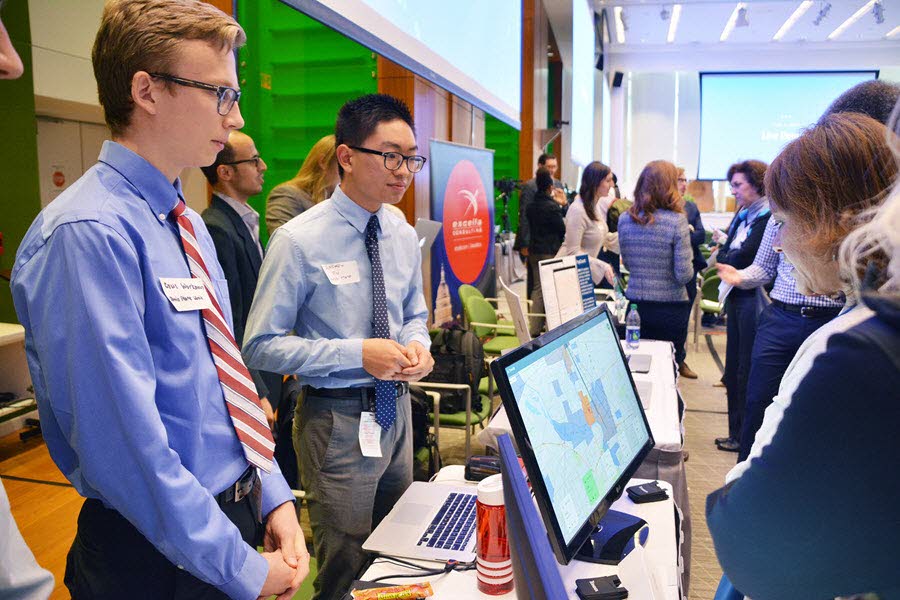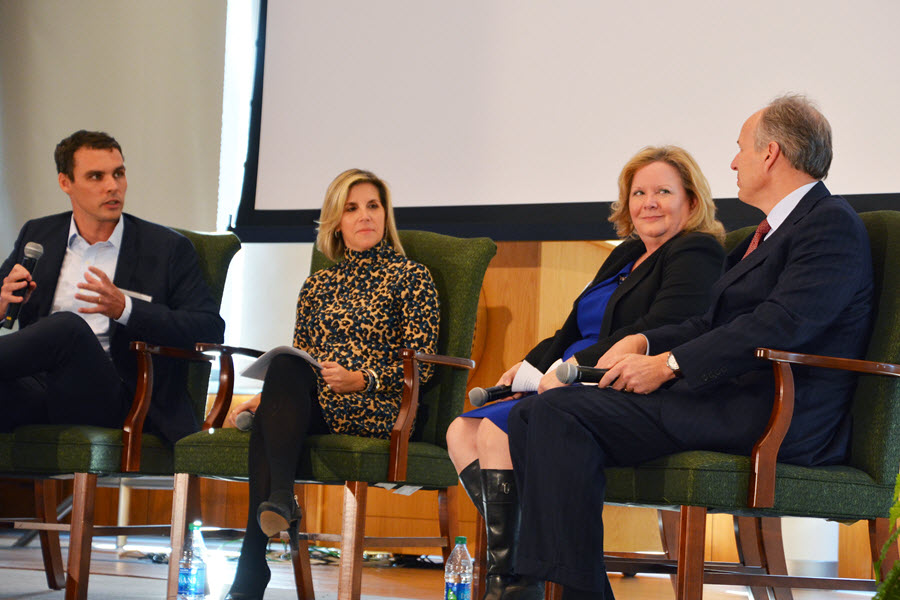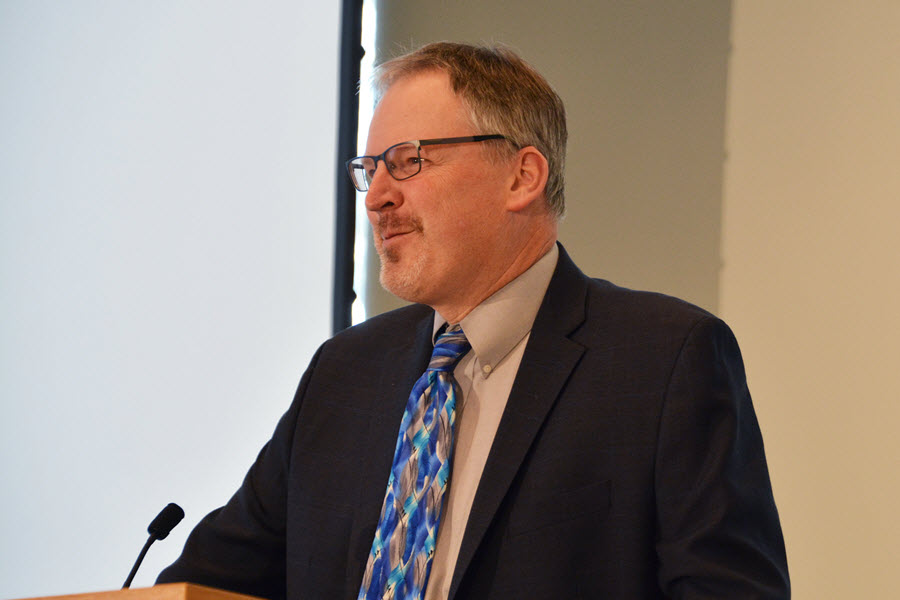Using Public Data to Help Solve Real-World Problems
On any given night, about 40,000 veterans are homeless and about 13,000 of them are sleeping on the streets. Returning to civilian life can be difficult, and too many veterans end up on a path that begins with unemployment and ends on the street.
It’s a classic example of a difficult national problem in need of new strategies.
It’s also the kind of seemingly intractable problem that sparked creation of The Opportunity Project, a federal program designed to tap into innovation outside of government to solve real-world problems. Since its start in 2016, more than 50 technology companies, universities and local communities have come together on a volunteer basis to work with 10 federal agencies to develop data-based and technology-based tools to address challenges and improve access to economic opportunity.
“Government can't do it alone,” said Kyla Fullenwider, chief innovation officer at the U.S. Census Bureau, at a recent event hosted at Census headquarters showcasing projects developed by The Opportunity Project teams. “We need public-private partnerships for government to move into the 21st century. Government actually works better when we engage citizens, when we engage the nonprofit sector, when we engage businesses, and we can actually do our work better.”

Students from Ohio State demonstrate "Transity," the map-based tool they developed that shows an area's "commutability."
Teams have created 45 digital tools so far, addressing problems such as youth and veteran homelessness, engaging hard-to-count populations in the decennial census, and making federal grants data user-friendly.
While government produces a treasure trove of valuable, taxpayer-funded data, getting that data into the right hands to solve real problems is challenging. Or as the U.S. Department of Commerce Under Secretary for Economic Affairs Karen Dunn Kelley explained at the event, "The data is only as valuable as the tools that make it to the consumer."
According to Drew Zachary, director of The Opportunity Project at the Census Bureau, the vision is to make getting the right government data as easy as pulling up the latest weather forecast on a phone.

Zach Whitman (Census Bureau) leads a Fireside Chat with innovators Jennifer Bell-Ellwanger, (Department of Education), Margie Graves, acting Chief Information Officer of the United States (Office of Management and Budget), and Dave Lebryk, Fiscal Assistant Secretary ((Treasury Department).
Data access has come a long way since the days when the library was the only place to get it. Data users who made it that far had to navigate thick books filled with pages of data tables. Cross tabulating to find meaningful patterns was cumbersome if not impossible.

Ron Jarmin, performing the nonexclusive functions and duties of the Director of the Census Bureau, welcomes visiting developers to "Demo Day."
Today’s application programming interfaces and open source data have been a game changer. Ron Jarmin, performing the nonexclusive functions and duties of the Director of the Census Bureau, told the audience that projects completed so far are “just the tip of the iceberg” of what is possible with The Opportunity Project’s public-private collaboration.
Among the dozen featured projects at the event were tools to make it easier to get federal grant funding, a gaming program to help millennial developers understand federal data, and an app to help homeless youth find shelters and resources.
For homeless veterans, the social enterprise software company PAIRIN focused on a solution to help veterans transition more smoothly to civilian work.To disrupt the too-common path from joblessness to homelessness, the company developed software to help veterans identify their skills, strengths and interests. Using federal labor statistics and other data sources, the tool also provides training to help fill gaps.The company worked with the U.S. Department of Veterans Affairs to develop the tool, and they will start testing it in early 2018. It hopes to expand and reach a significant share of the veteran population soon after.
As for future opportunity projects, visit the website to learn how to join the next cohort of projects. There’s also a step-by-step toolkit to help organizations build their own data and technology solutions to real-world problems.
Shelly Hedrick is a Special Assistant in the Census Bureau's Communications Directorate.






